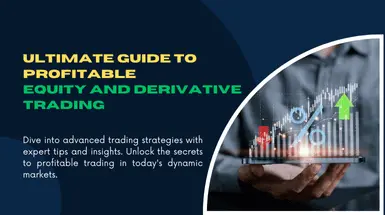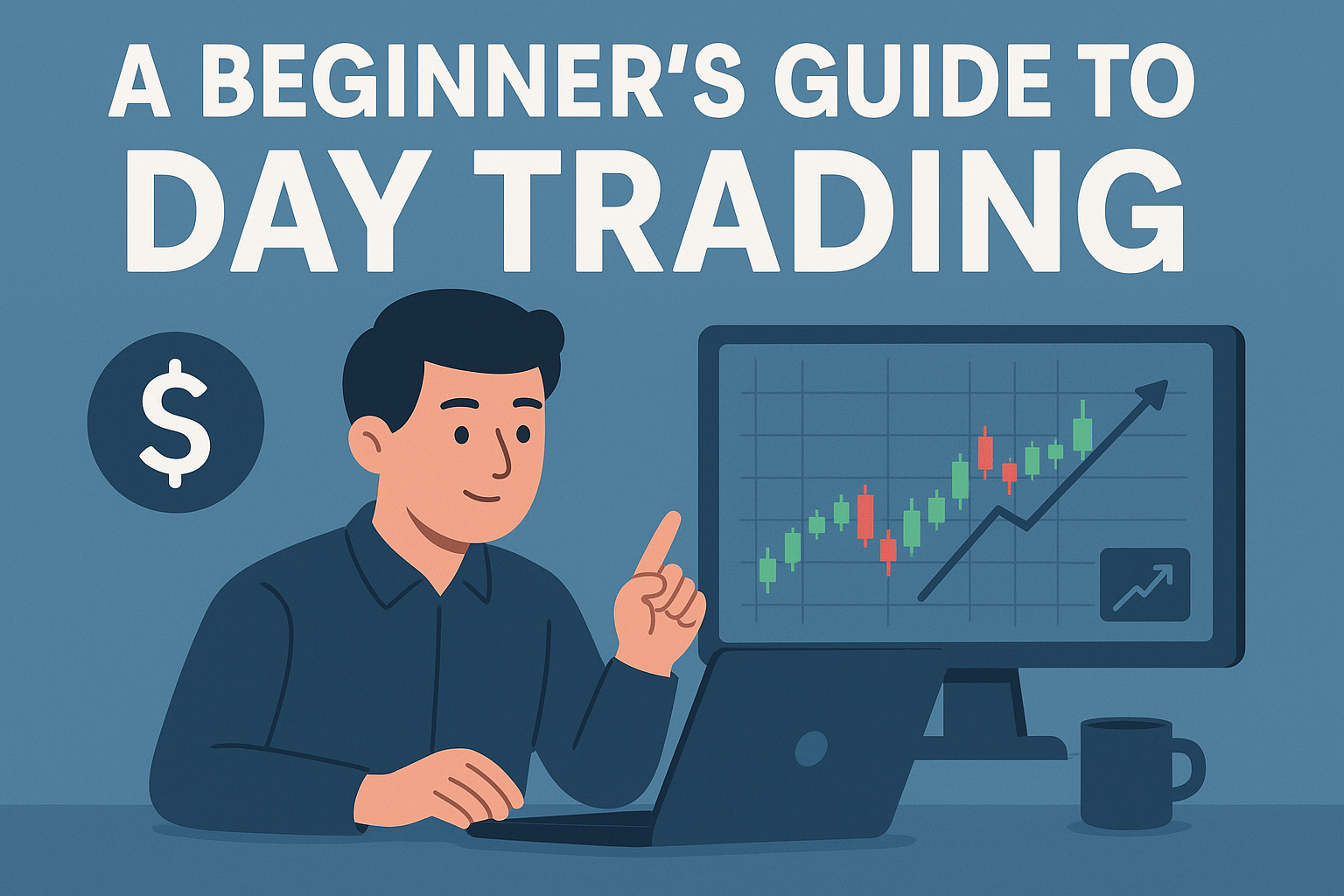Trading is a skill that blends analysis, psychology, and discipline. To succeed consistently in the markets, a trader must understand how markets move and how to manage risk and emotions. At Namo Trading Academy, we teach traders of all levels how to master these elements. This article outlines the essential stages every trader must understand, from the basics to advanced strategies, with a strong focus on the Golden Rules of Trading.
1. Basics of Trading
Understanding the Foundation of Market Participation
Before diving into live markets, traders must build a solid foundation of basic knowledge. Trading involves the buying and selling financial instruments such as stocks, commodities, currencies, and derivatives to make a profit. There are various types of trading styles:
- Intraday Trading – Buying and selling within the same day to capitalize on small price movements.
- Swing Trading – Holding positions for several days or weeks based on technical setups.
- Positional Trading – Long-term approach, often based on fundamental analysis.
- Futures and Options (F&O) – Derivative trading that allows speculation or hedging of future price movements.
- Commodity and Currency Trading – Specialized markets that require an understanding of global trends and economic data.
A clear understanding of market structure, order types, trading instruments, and timing is the first step toward becoming a confident trader.
2. The Fundamental Principles of Trading
Laying the Groundwork for Success
Every successful trader follows a core set of principles that guide decision-making:
- Discipline is Key – Stick to your trading plan. Avoid emotional or impulsive trades.
- Risk Management – Limit your exposure to avoid large losses. Never risk more than 1-2% of your capital per trade.
- Consistency Over Speed – Trading is not about instant profit, but about steady growth over time.
- Keep Learning – Markets evolve, and traders must keep updating their knowledge and strategies.
These principles act as the foundation for long-term trading success.
3. The Golden Rules of Trading
Timeless Rules Every Trader Must Follow
The “golden rules” are time-tested guidelines that protect traders from major pitfalls:
- Always Use a Stop-Loss – A stop-loss protects your capital by limiting losses on bad trades.
- Let Profits Run, Cut Losses Early – Don’t hold losing positions in the hope of a reversal.
- Plan Your Trade, Trade Your Plan – Enter every trade with a clear strategy, including your entry, exit, and risk level.
- Avoid Overtrading – Not every market movement is a trading opportunity. Be selective.
- Trade with Logic, Not Emotion – Fear and greed are dangerous. Base decisions on analysis and preparation.
- Track Your Performance – Maintain a trading journal to learn from wins and losses alike.
Following these golden rules brings structure, safety, and confidence to your trading routine.
4. Advanced Trading Strategies
Tools to Elevate Your Trading Game
Once a trader is confident with the basics, it’s time to explore more sophisticated strategies:
- Technical Analysis – Reading price charts, identifying patterns, and using indicators like MACD, RSI, and moving averages.
- Fundamental Analysis – Analysing financial statements, earnings reports, and global news that influence stock and commodity prices.
- F&O Strategies – Learning spreads, straddles, and hedging techniques in the derivatives market.
- Algorithmic and Quantitative Trading – Using automated systems to execute trades based on predefined logic and data.
At Namo Trading Academy, we teach these strategies in a practical, hands-on way, ensuring you can apply them effectively in real market conditions.
5. Emotional Control and Trading
Mastering the Mental Game of Trading
Emotions can be a trader’s greatest enemy. Even a perfect strategy can fail without emotional discipline.
- Control Greed – Avoid chasing high returns without logic.
- Manage Fear – Missing a trade is better than making a wrong one.
- Stay Calm in Volatility – Don’t panic. Stick to your plan and react based on facts, not feelings.
- Detach from Losses – Accept that losses are part of the process. Don’t let one trade define your mindset.
- Practice Patience – Wait for high-probability setups. Let the market come to you.
Building mental resilience is just as important as mastering technical tools.
Conclusion
Trade Smart, Stay Disciplined, and Grow with Confidence
At Namo Trading Academy, we emphasize a balanced approach to trading, where technical knowledge meets emotional strength and disciplined execution. By mastering the basics, following the fundamental principles, living by the golden rules of trading, applying advanced strategies, and controlling emotions, traders can navigate markets with clarity and confidence.
Success in trading doesn’t come from luck—it’s built through preparation, discipline, and a commitment to continuous learning.



